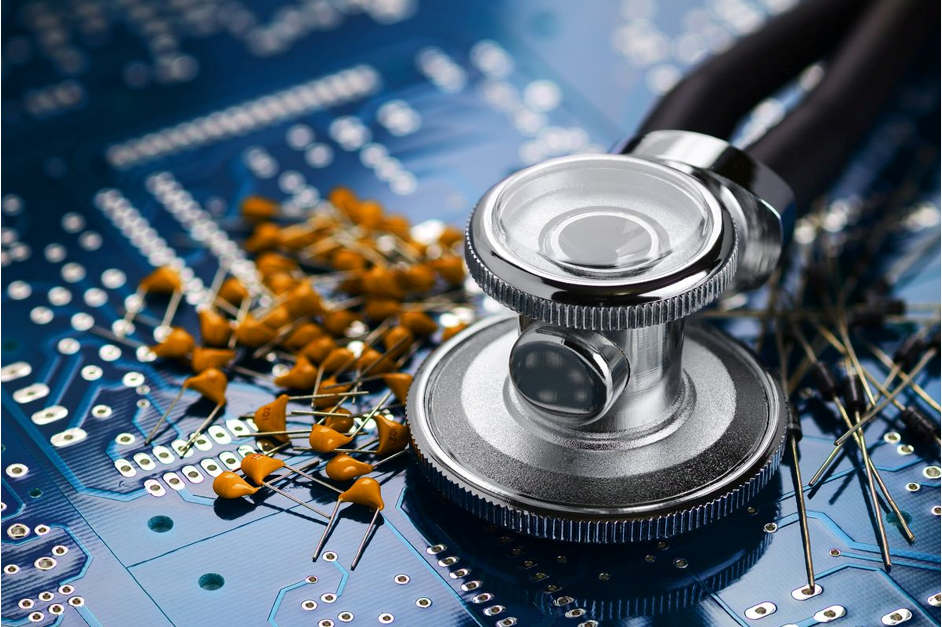2022 Medical Devices Market - Growth, Trends, Covid-19 Impact, and Forecasts
The global medical devices market was valued at $532.62 billion in 2021, and it is predicted to grow at a CAGR of roughly 5.5% over the next five years, reaching $734.39 billion in 2027(1). The impact of the COVID-19 epidemic on the market is predicted to be mixed.
The COVID-19 pandemic is currently posing a serious danger to countries. There is a lack of therapy options for this condition, thus most pharmaceutical and biotech companies are focusing their research and development efforts on finding new compounds or leads to treat it. COVID -19 has disrupted the supply chain, resulting in crucial medical device shortages all across the world. As a result, several nations have taken concrete steps to alleviate shortages by importing equipment such as local medical device manufacture.
Furthermore, local manufacture of critical medical gadgets is projected to break down trade barriers while also ensuring product quality and market stability. Counterfeiting and price gouging of imported medical equipment, on the other hand, are projected to stifle market expansion. According to FDA (United States Food and Drug Administration) data, the TaqPath RT-PCR COVID-19 Kit with Applied Biosystems COVID-19 Interpretive Software v1.2 for Life Technologies Corporation's 7500 RTPCR instruments was recalled in August 2020 due to false positive results caused by improper vortexing.
During this time, various medical gadgets witnessed an unexpected rise in demand. Ventilators, for example, are in great demand for COVID – 19 patients since they are a vital tool in hospitals for keeping patients alive in critical situations. Medtronic announced in March 2020 that it had increased ventilator production by more than 40% to date and is on track to more than double its capacity to manufacture and supply ventilators in response to the urgent needs of patients and healthcare systems around the world who are dealing with COVID-19.
The increased frequency of chronic illnesses and corresponding increases in disability-adjusted life years, technical developments in medical equipment, and a steady increase in the aging population are all driving market expansion.
The proportion of the elderly population and life expectancy are also increasing worldwide. This is expected to have a significant impact on the healthcare system, thereby having a positive impact on the growth of the global medical device market. According to the Global Aging Population Report, about 703 million people worldwide were 65 or older in 2019. Over the next 30 years, this elderly population will more than double and is expected to exceed 1.5 billion by 2050.
East Asia and Southeast Asia are reported to make up the majority of the elderly population, with Europe and North America outnumbering the sources. Therefore, due to the increase in the elderly population, medical and long-term care costs are expected to increase sharply. Elderly people are often more susceptible to hearing loss, cataracts, refractive errors, back and neck pain, osteoarthritis, chronic obstructive pulmonary disease, diabetes, depression, and dementia. This is expected to boost the market growth of medical devices.
Moreover, the approach of new innovation in the market is relied upon to build interest for clinical gadgets. Organizations like ABLE Motion are carrying in new advancement into the area. For instance, this Barcelona-based organization was the world's first maker of home-utilize mechanical exoskeletons for people with lower-appendage loss of motion. The battery-controlled, 8 kg exoskeleton has boundaries for brilliant gadget arrangements, taking into account actual advisors and doctors to remote screen patients.
Garwood Medical, a Buffalo, New York-based MedTech startup gives clinical results to contaminations and wound recuperating. The organization's scope of items incorporates the BioPrax, a negligibly intrusive gadget intended to forestall biofilm diseases on prosthetic knee inserts by utilizing cathodes to forestall microorganism development. Signum Surgical, a Galway, Ireland-based MedTech startup, has created imaginative embed innovations to advance post-medical procedure mending and forestall contamination in colorectal patients. Later on, Signum Surgical desires to grow its scope of items to treat other colorectal sickness conditions.
Furthermore, constant illnesses are the most predominant ailment that includes huge consumption universally. Constant sicknesses incorporate malignant growth, diabetes, hypertension, stroke, coronary illness, respiratory infections, joint inflammation, and heftiness that can prompt hospitalization, long haul incapacity, decreased personal satisfaction, and even demise.
As per the International Diabetes Federation, roughly 463 million grown-ups old enough between 20-79 years were living with diabetes in 2019 and is assessed to ascend to 700 million by 2045 universally. As per Arthritis-India, Osteoarthritis (OA) influences around 4-6% of grown-up populace and is referenced as one of the main 5 constant infections in India and the nation is probably going to see an endemic of osteoarthritis with around 80% of the 65 or more populace in the nation enduring with mileage of joints by 2025.
Subsequently this multitude of variables shows the rising interest for gadgets expected for analysis, treatment, checking and the board of the infections.
The advancement of technology, as well as the increase of information exchange via medical devices, is transforming the healthcare scene. The world must be ready to not just use data to improve patient outcomes, but also to protect their privacy. It will involve collaboration between regulatory authorities and medical device businesses to build an infrastructure with clear expectations. Medical device firms who are already investing in technology, infrastructure, and collaborations with healthcare organizations have the opportunity to expand exponentially.
A list
of one
two
three


